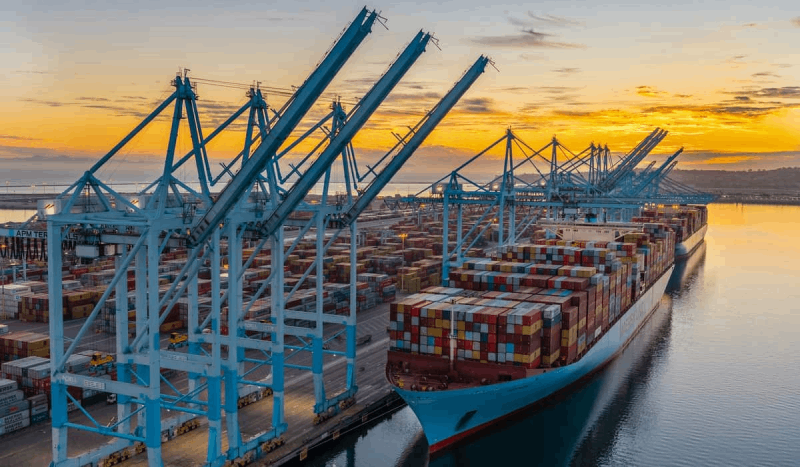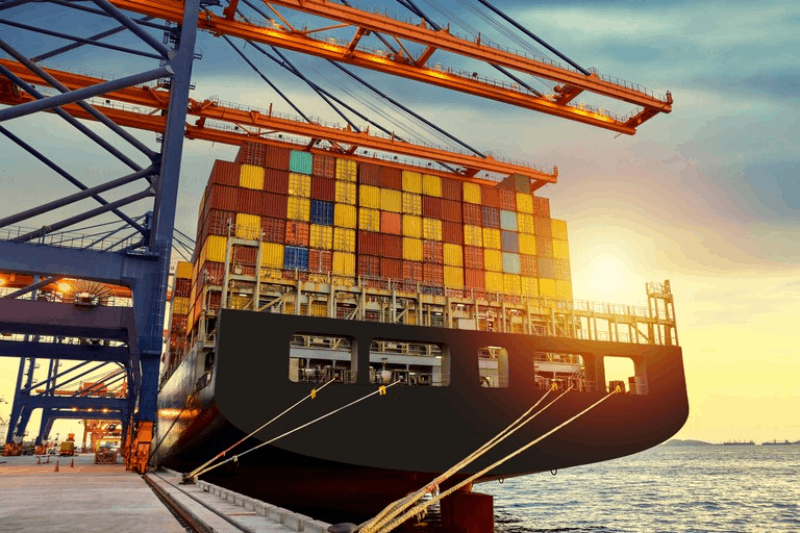Time:2022-07-28 Publisher:Kevin Num:5871

According to the latest data of Clarkson, the port congestion index of container ships reached a new high in July. Nearly 38% of container ships are waiting at the port.
Specifically, the container capacity of the east coast of the United States has increased significantly during this period. By mid July, the transportation capacity had reached 1.2 million TEU.
Some experts pointed out that the current transport capacity is equivalent to the sum of HMM and Wanhai air transport. At the same time, this figure is about 30% higher than the average of 950000 TEU in June.
Clarkson said that this reflected that the container throughput reached a record level under the condition that the overall consumer spending in the United States continued to be strong.
In addition, the west coast of the United States has caused particularly severe congestion in the past year.
Coupled with the current attempt to avoid the disruption caused by labor negotiations, some operators are trying to reduce their exposure to the west coast of the United States.
In some ports in northern Europe, the capacity of container ships staying near the ports has also risen to the highest level in history. It is understood that on July 20, the transportation capacity has reached 1.35 million TEU.
Clarkson believes that the congestion of Nordic ports is mainly affected by the disruption of inland logistics such as railways and roads. And the risks posed by the recent ongoing German port strike.
It also said that Chinese ports also have some congestion. As of July 20, the capacity of container ships waiting in all Chinese ports had reached 240TEU.
In mid July, due to the increase of weather and export volume, the container ship capacity staying in Qingdao reached 400000 TEU, 16% higher than the average value in June.

According to the data from flexport, the congestion affecting the port during the epidemic is slowly alleviating, which also means that the transportation time of containers is shortened.
Schulze, the person in charge, said, "we have seen a 35% reduction in the whole transportation time from the date of goods preparation to the port of destination on some trade routes."
It added, "there are signs that container capacity and space conditions are improving. But this does not necessarily mean that demand is slowing."
The cargo throughput of key coastal hub ports monitored by the China Port Association increased by 4.3% year-on-year, faster than the previous period.
Among them, the throughput of foreign trade goods increased by 5.9% year-on-year, 4.8 percentage points faster than the previous period.



